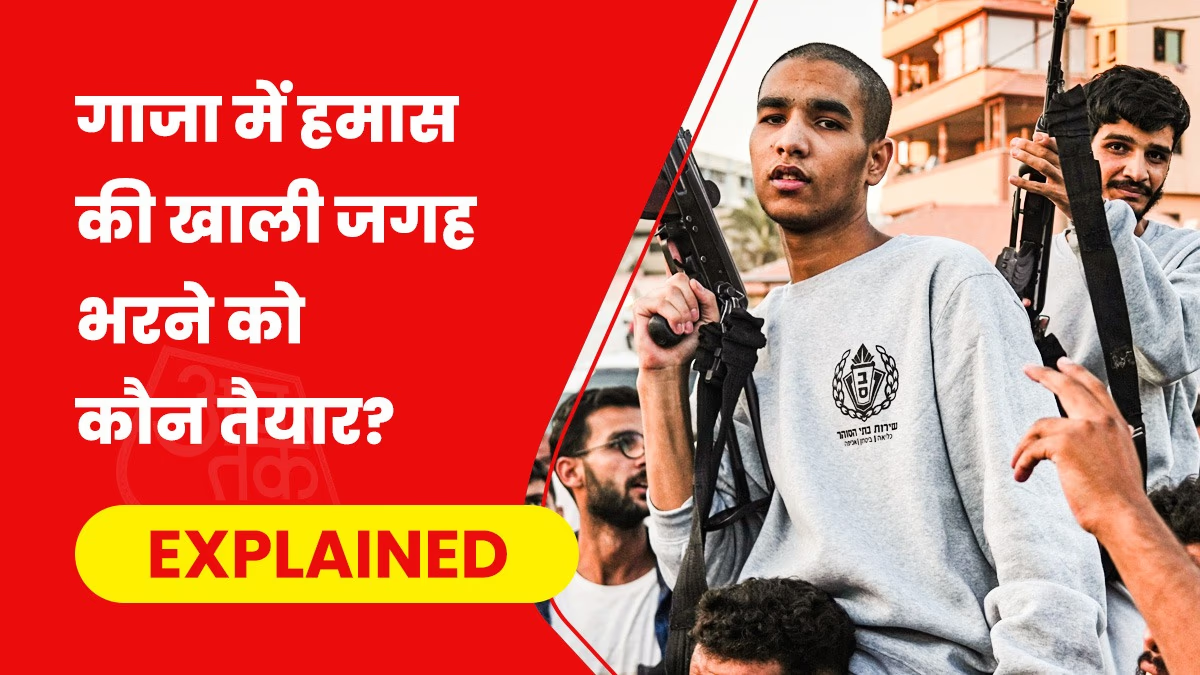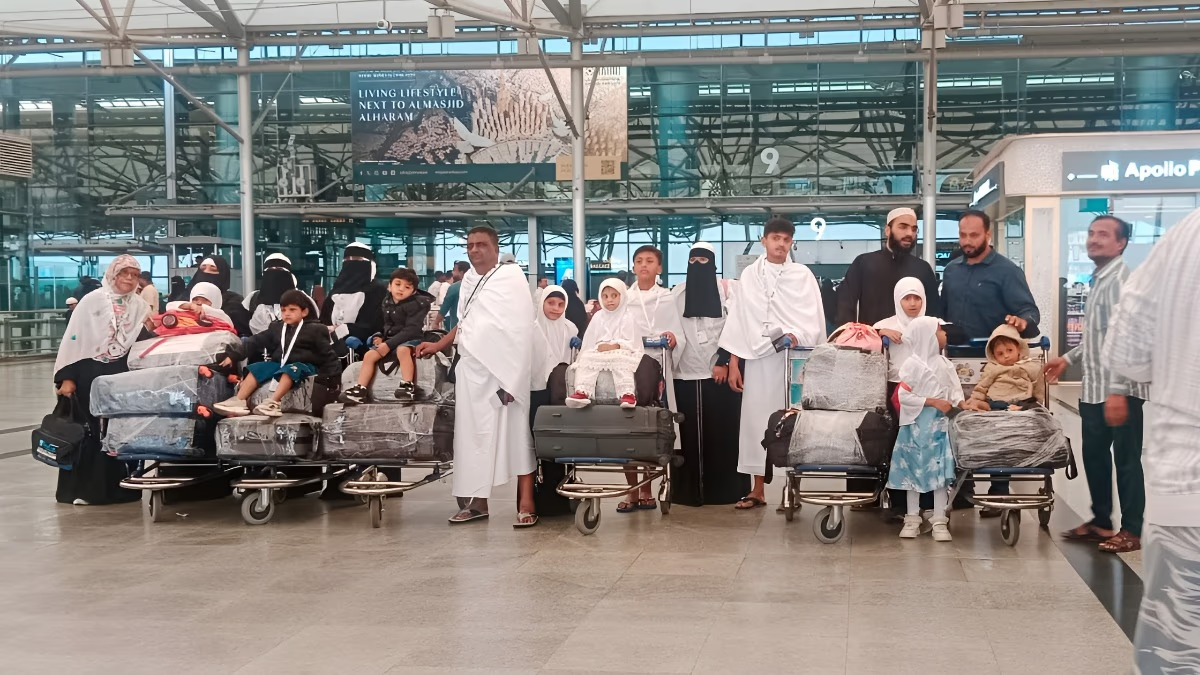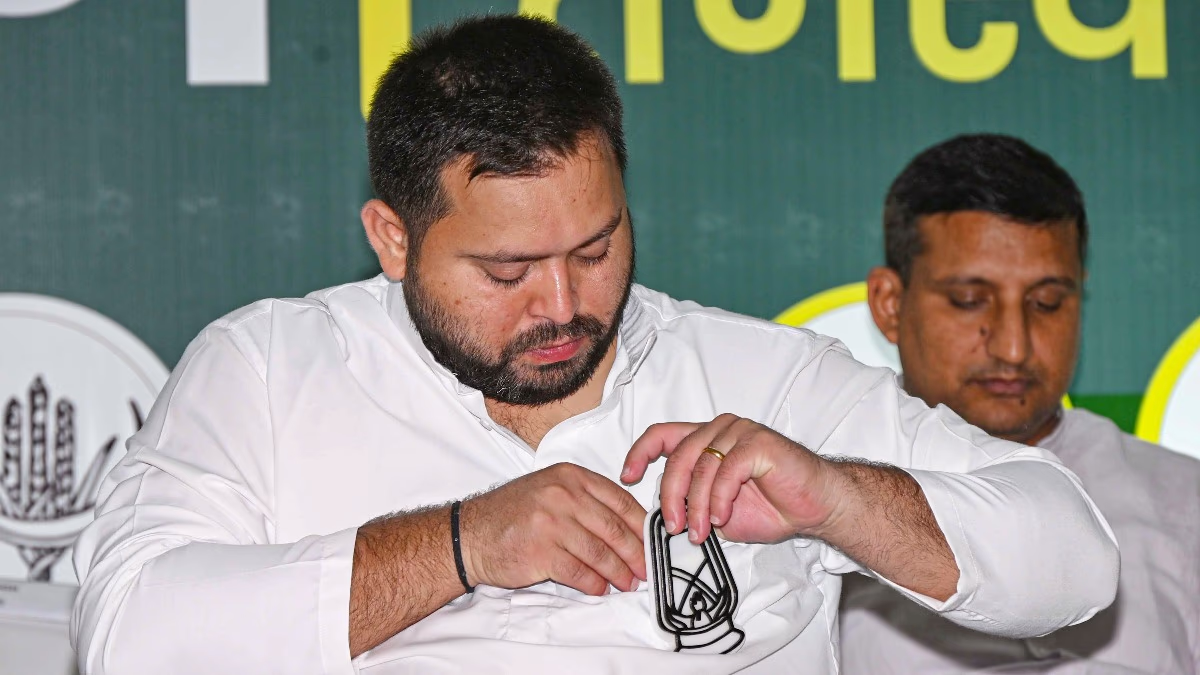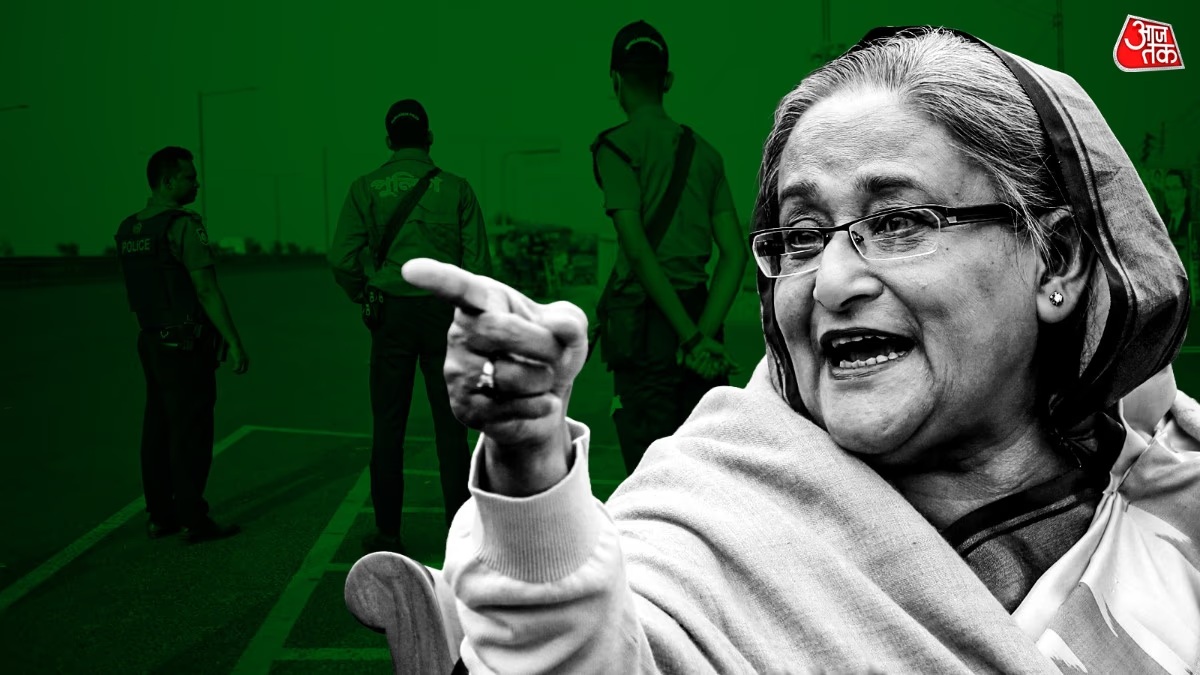Following Donald Trump's peace proposal, there was hope for the return of tranquility and reconstruction efforts in the Gaza Strip. However, a new conflict has ignited, not involving external forces but internal factions clashing amongst themselves. Within the 41-kilometer-long Gaza Strip, various local factions lie in wait, anticipating Hamas's vulnerabilities. They have now become active.
Various media reports suggest that in recent days, Hamas allegedly executed individuals with blindfolds in crowded areas. Such videos have gone viral. Hamas accuses them of being criminals allied with Israel. These executions have driven the count of Hamas's public killings beyond 50. Under international pressure, Hamas appears outwardly subdued and is even open to not ruling the Gaza Strip. However, these executions indicate its intent to maintain control over Gaza.
Trump is not oblivious to these intimidation tactics. Recently, he stated on social media that if Hamas continues such acts, they may leave us with no choice but to act decisively.
Who Is Hamas Intimidating?
Post-ceasefire, the exchange of hostages and prisoners has commenced. Hamas has been urged to disarm, a decision it oscillates on. The resolve for a separate Palestine might have been shelved temporarily, but the allure of power is not waning easily. This prompts aggression against its own people. The extremist faction, defeated by foreign powers, is striving to regain lost credibility in Gaza, while local clans showcase strength.
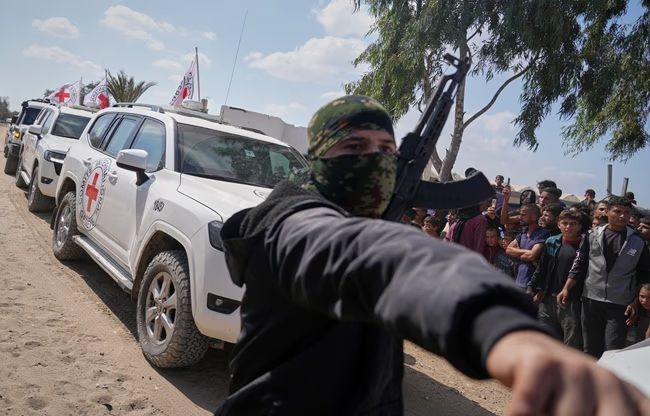
Source: aajtak
These Clans Are Divided
Some ideologically oppose Hamas and align with the West Bank-based Fatah, while others gain support from Israel. Who exactly are these clans? What role do they play in Gaza? And how significant is the threat they pose to Hamas?
Family clans or tribes have been longstanding in Gaza, waiting like a dormant virus to strike when the immunity weakens. This is what's unfolding now.
These groups are collections of families scattered across different parts of Gaza. Among the biggest and most armed is the Dugmush clan, active in Gaza City. It boasts more weapons and manpower than others, coupled with substantial public backing. This is why Hamas immediately targeted them post-ceasefire.
The Al-Majayda clan also holds power in parts of Khan Yunis. Since the beginning of the month, Hamas has aggressively targeted them, resulting in the deaths of several family members. Yet, this week, the clan publicly endorsed Hamas.
Intriguingly, despite ongoing skirmishes with Hamas, relationships with clans keep evolving. Many Hamas members are drawn from these clans, similar to how Fatah fighters originate from clans in the West Bank.
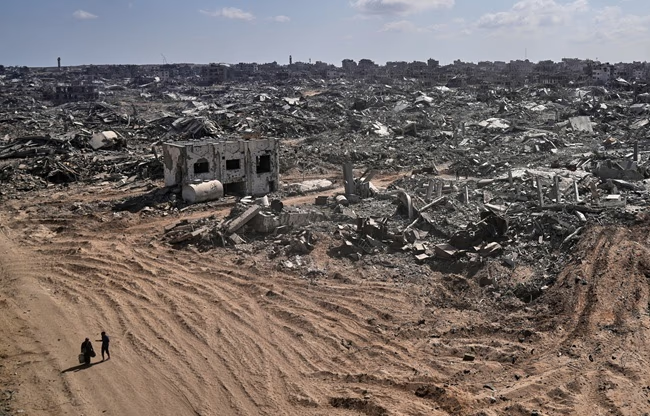
Source: aajtak
When and Why Did Clans Strengthen?
Clans refer to specific influential families from a distinguished lineage. Since Israel's establishment, conflicts began in the Middle East, prompting people to flee Gaza. During this time, clans assumed roles as mediators and protectors, earning public trust. However, as governments consolidated, their influence waned, only to resurface during instability. Although their public support decreased, their political influence and military might remain considerable.
Their influence became apparent when Hamas captured Gaza in 2007, taking nearly a year to placate the clans.
The Race to Show Power
Speculation arises that with Hamas's withdrawal, a power vacuum might emerge. Meanwhile, clans are displaying their strength anew, as Hamas refuses to concede defeat. Its situation mirrors that of a leader who, after external defeats, turns to reprimand those at home. It continues its attacks.
This is where Israel steps in. Reportedly, functioning under the enemy-of-my-enemy-is-my-friend philosophy, it initiated alleged support for the clans. In June, Israeli Prime Minister Benjamin Netanyahu acknowledged providing arms to some militias in Gaza. Consequently, following the ceasefire plan's announcement, Hamas began targeting clan-associated individuals.
